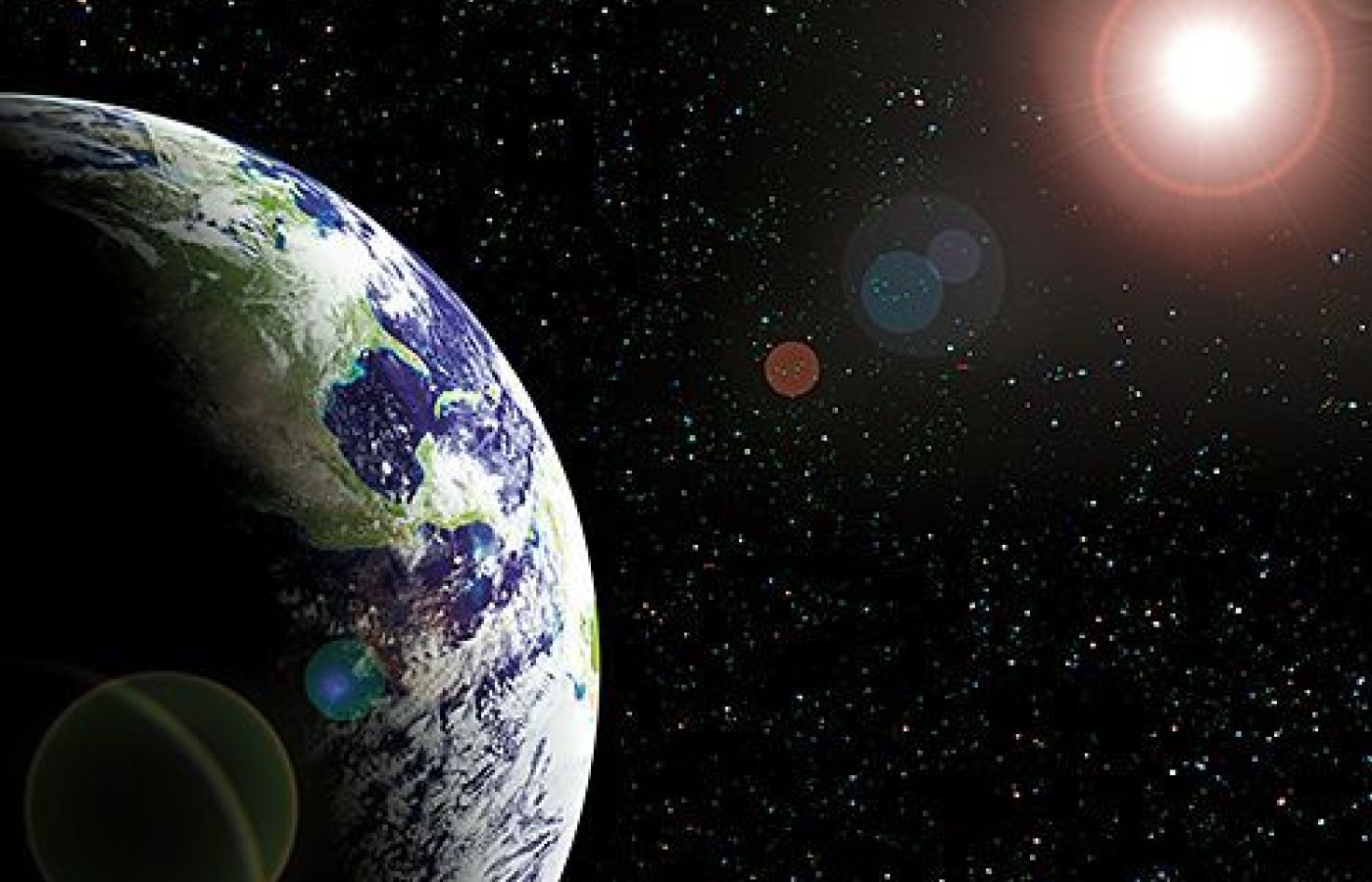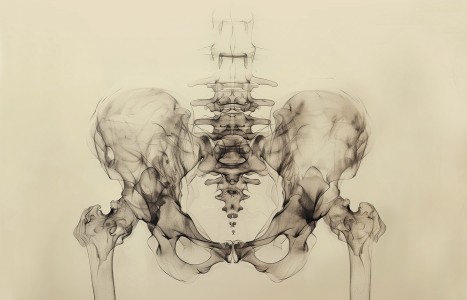People today want convenience, whether it be from their bank, credit card, favorite retail store, or restaurant. They demand it from the companies who hold their loyalty, including their health care providers (you). They don’t want to call and possibly be put on hold, and they want to use an app or schedule an appointment on your website. Here are three reasons your practice can gain by switching to online appointment scheduling.
Putting Descartes Before The Force
It seems that the tension between "science" and "spirituality," which has been going on ever since Copernicus challenged the church's notion that the Sun revolved around the Earth, has recently taken on some steam. At the time of this writing, the book Proof of Heaven has come under attack. Rupert Sheldrake's TED talk on the science delusion was taken down by TED. TEDX has put out a memo with guidelines for avoiding bad science/pseudoscience and health hoaxes. The ardent atheist, Richard Dawkins, is a NY Times best-selling author and a multitude of articles, videos and news stories on atheism v. science are coming out, including this article. Chinese medicine and acupuncture often end up in the line of fire.
A recent opinion piece in the NY Times, The Enigma of Chinese Medicine by philosopher Stephen Asma, discussed the tension between an empirical experience, "my back pain got much better after an acupuncture session" and the need for an explanation that only makes sense in the biochemical/physical scope of reality. Many Western scientists and the Western public, cannot accept concepts such as "qi" and "meridians" because they cannot be measured or seen. For them, this is the realm of pseudoscience. This divide between "science" and "pseudoscience" has been called the "demarcation problem" by philosophers. Another term that is used in this debate is "falsifiability" which was coined by Karl Popper, a giant in the field of philosophy of science. Qi and meridians cannot be proven false or true, therefore these concepts fall into the realm of pseudoscience by the criterion of falsifiability.

Asma, points out that the Higgs Boson particle, which was theorized in the early 1960s and just detected in the Large Hadron collider in Cern, Switzerland in the spring of 2013, and which just won it's discoverer the Nobel Prize, was pseudoscience for 50 years by the definition of falsifiability. Imagine what would happen to Darwin's theory of natural selection if we destroyed ourselves, and most of life on the planet, with a nuclear war or global climate change? We would have successfully selected ourselves into extinction. Too bad no one would be around to say, "I told you so."
There are many scientists who believe in God and/or have a spiritual life. In a survey reported by Intelligence Squared, three-fifths of scientists in the U.S.A. do not believe in God. That means two-fifths do believe in God and they have the same information that the other scientists have. For those who do believe in God I will posit that it is not a conflict.
In fact, for them it may be necessary to integrate the different realms of knowledge that they find themselves interacting with. The real question is who determines what types of knowledge are valid. On what grounds can certain experiences be discounted or accepted? We look to science for validation of what we often intuitively know is true, yet harbor some doubts due to our conditioning for needing "proof." Sometimes this borders on the absurd, like the news headline about a study that says mothers who breastfeed have healthier children. We need a study for this?
For those who practice indigenous, or alternative medicine, there is a force that is pushing us towards validation based on Western scientific terms. Thus, we see studies using sham acupuncture points. Is there such a thing as a sham point? Will our medicine become less effective if we abandon such non-provable concepts such as Qi, Meridians, and Yin and Yang, in favor of endorphins and gate theory? Imagine if we do abandon such theories only to find in the not-too-distant future a machine that can detect Qi? Let's examine death in the context of science and pseudoscience.
We cannot scientifically agree about the moment of death; is it brain wave activity, heart activity, respiration? Perhaps there is something, call it Qi, that leaves the body when life ends. Perhaps it is this Qi that defines life? Clearly something is different between a dead body and a living body, or a near dead body that "returns" to life. There is no way to measurably detect it now, but does it mean that it doesn't exist? Did the Higgs Boson particle suddenly emerge from pseudoscience to Nobel Prize the moment it was detected? Before it was detected there was a logical, rational construct that posited that it must exist. It was in the realm of belief for 50 years. That belief was supported enough by society to invest billions of dollars and decades of time and energy to build a device that might detect it. What if we put that amount of time, energy and resources into finding the truth about Qi? Imagine that.
The scientific method uses empirical evidence, as well as deductive and inductive reasoning. It also incorporates the simple act of observation. Observation leads to questions. Questions lead to hypothesis. Sometimes the hypothesis cannot be proven or disproven. This is where spirituality resides. If you look closely at matter, the closer you look the more bizarre it gets, until you reach a point where matter doesn't exist anymore on a level that you consider it matter. What about particles that have no charge or mass, particles that are sometimes waves, but we can never be sure when, let alone antimatter, dark matter and the Higgs Boson particle that beg the question of what is all this anyway?
Meditation may be the camel's nose in the door. In the past two decades, there has been enough measurable data to indicate that meditation has a real effect on our brains. Meditation makes our brains larger. At least certain critical parts of our brains. This has been proven using functional MRI (fMRI) studies. Before, it was pseudoscience to make such a claim. How could sitting, doing nothing, amount to any real good? There are now studies showing the effects of acupuncture on brain neuroplasticity using fMRI.
Here is an opportunity that is coming our way. The Affordable Care Act (ACA) is forcing insurance companies to not discriminate against health care providers who are licensed by their state. This means that many more people will be able to have insurance pay for their acupuncture treatments. With the ICD 10 codes coming in October of 2014 and with the move towards electronic billing, there will be an enormous database that can be mined for information. Imagine, actuaries at insurance companies being able to see what treatments are most beneficial and cost effective for a given condition. The data will be there. No expensive studies. Because insurance companies operate on the bottom line, it will become apparent that acupuncture for many conditions will be the treatment of choice. Ten visits with an acupuncturist for sciatic pain will be less expensive and more effective than a visit with an orthopedist, an MRI and a series of physical therapy. Acupuncture doesn't have to work well every time. Even if it doesn't adequately address the condition in a certain percentage of cases, it will still be the treatment option of choice to start with. The evidence gathered by the ICD 10 codes and electronic billing would be a sound scientific way to examine outcomes in the most cost efficient manner. Voila, evidence-based medicine.
Perhaps this seeing is believing will gain enough momentum to propel acupuncture firmly beyond the line of demarcation into the realm of science for those who hold the reigns of power and control the purse strings. From my lips to God's ears.
Resources:
- Sara Lazar, PhD fMRI and meditation.
- Rupert Sheldrake The Science Delusion - banned talk.
- Science vs. Religion by Elaine Howard Ecklund.
- Is Science really the opposite of Spirituality?
- War of the Worldviews.
- Can acupuncture be studied by science?
- Is Chinese medicine a religion?
- Jake Fratkin Science and Chinese Medicine.
- The dangers of pseudoscience.
- The Enigma of Chinese Medicine.
- Meditation and smoking.
- Acupuncture real and Sham and functional MRI.



